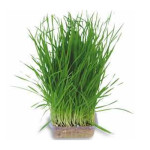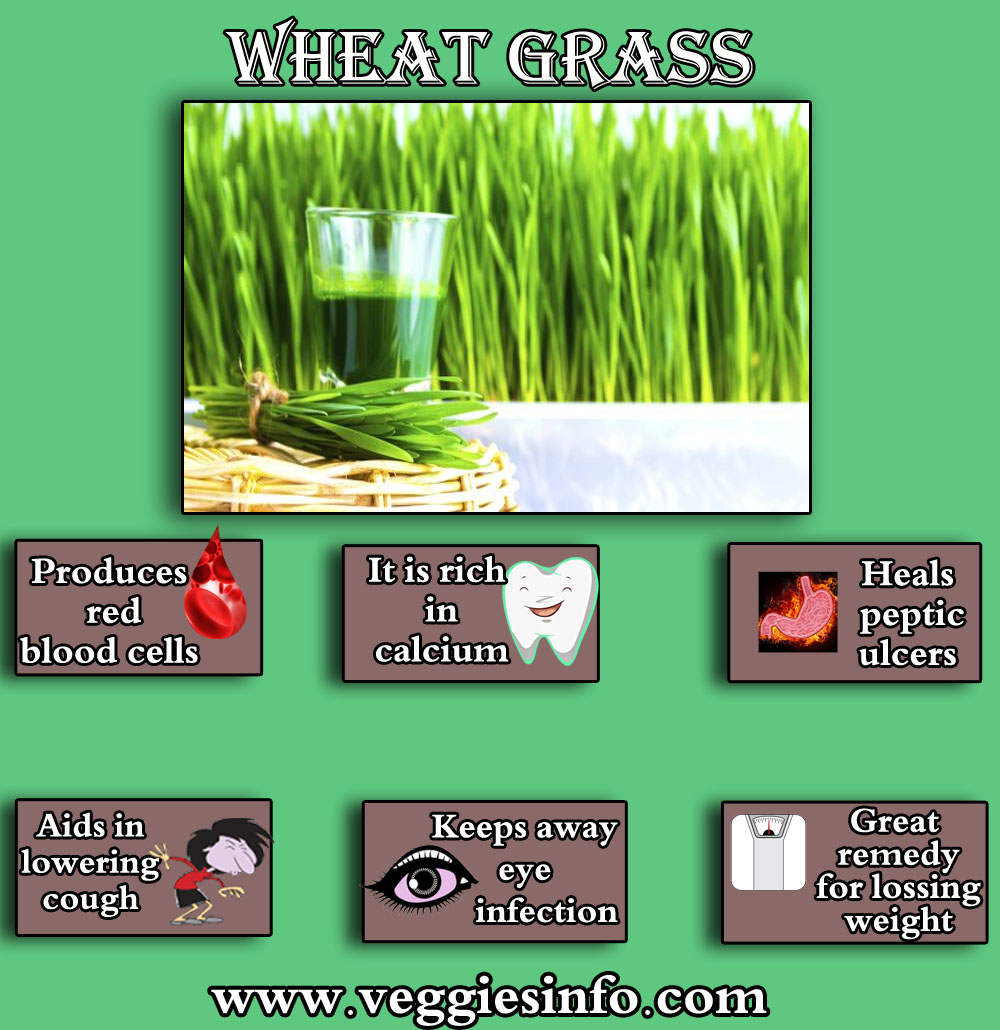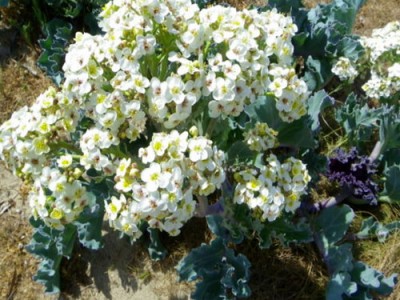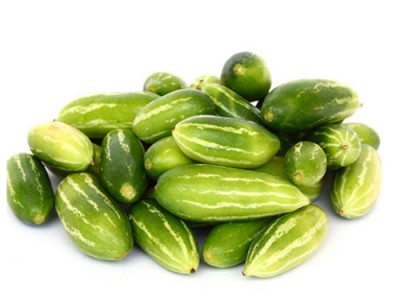
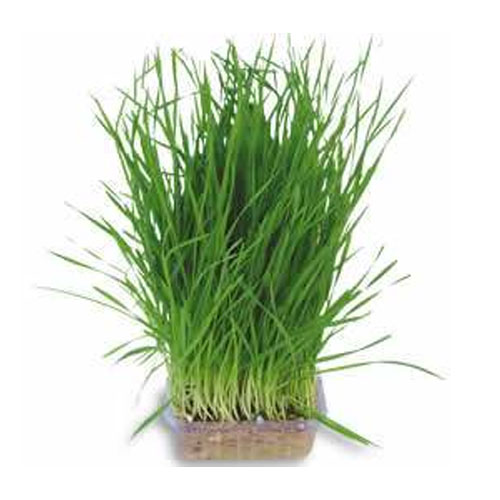
Wheat Grass-Facts and Benefits
Wheat Grass-Facts and Benefits
[tribulant_slideshow gallery_id=”255″]
Plants and trees have a very long history and none in this world can live an amazing life like these creatures. The sprawling trees have rich stems that widen beautifully and give shelters to hundreds of species. It is incredible to note that many plants look like various animals. Clathrus arche which is generally referred as octopus plant is indigenous to Australia and Tasmania and an introduced species in Europe. This topic will deal with a plant named Wheat grass which is a cultivated wheat species. The botanical name of this plant is Pascopyrum. Wheatgrass is the freshly sprouted first leaves of the common wheat plant (Triticum aestivum) The other common names of this plant are bread wheat, common bread wheat, ordinary wheat, spring wheat and field wheat.
Wheat was first domesticated in Western Asia during the period of Holocene and from there it spread into many countries such as North Africa, Europe and East Asia. Wheat was first introduced during 16th century from Spanish mission and North American started exporting the wheat during 1870. Bread wheat crop is very popular in the world and is widely cultivated than any other crop.
Cultivation
This plant can be grown in wide varieties of climates, but generally prefers dry sub-humid areas where the annual rainfall is around 750 mm. This annual plant largely has hairless grass producing spike on each of its 1-5 culms. The stem is hollow with hairless or hairy nodes. Each clum has six leaves with blades which is 20 mm wide and 35 cm long. The uppermost leaf which can be upright, semi-nodding or nodding plays a crucial role in the metabolic assimilation rate and hence productivity of the plant. The square-shaped spikes grow up to 15 cm long in cross section with rudimentary spikelet 2-5 spikelet at the base of 10-25 spikelet. A spikelet will have two seeds which are oval in shape.
Benefits of Wheat Grass
Medicinal use
Wheatgrass has been used medicinally for centuries. It is believed to help treat a variety of conditions, including:
- Anemia
- High cholesterol
- Gastrointestinal disorders
- Inflammation
- Blood sugar control
- Cancer
- Skin conditions
- Detoxification
- Wound healing
- Boosting immunity
- Improving digestion
- Weight loss
Imperative Note
Wheat is one of the world’s top three main cereal crops and the other two are rice and maize. There are around 500 cultivars. It is imperative to note that this plant can be seen in Tibetan Plateau which is 4000 m above the sea level. As per the 2009 statistics this plant occupied 225 million hectares of land. China and India are of the largest producers of wheat and these countries use it for domestic purpose.

